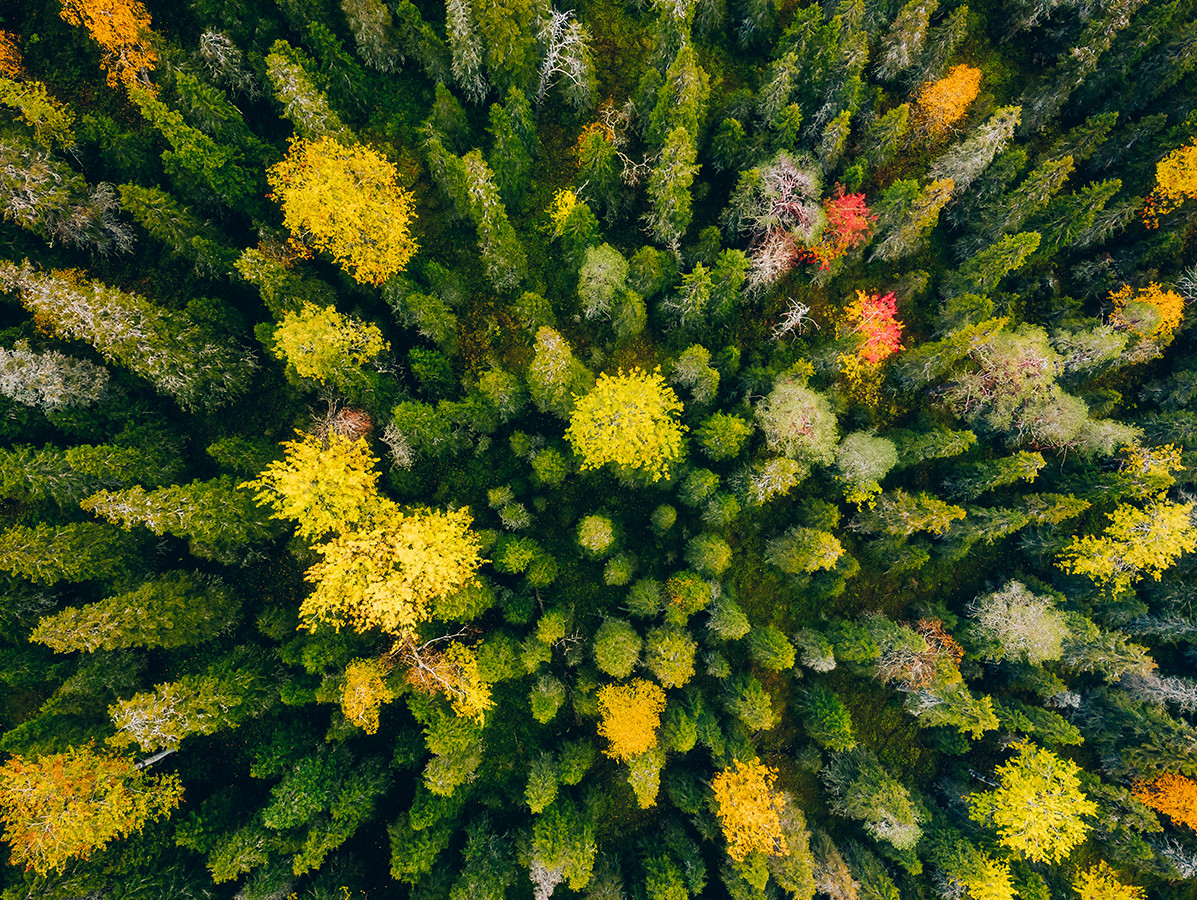
There is still hope for the preservation of animal and plant species that are rapidly disappearing. This is the conclusion of the international research institute IIASA in collaboration with Wageningen University & Research and the Netherlands Environmental Assessment Agency (PBL). With integrated action and international cooperation, biodiversity can still be preserved and even restored. In that case, nature must be protected and the food system must be turned upside down.
The research, published in Nature, addresses for the first time an integrated solution for achieving the biodiversity goals for 2050.
Different calculation models and scenarios are used in this large-scale study. These are models that can calculate on a global scale the consequences of changes in the environment, land use and biodiversity. Wageningen Economic Research has used their own calculation model, Magnet (Modular Applied GeNeral Equilibrium Tool), for this research. This calculates how much land you need to feed people. The PBL supplied the Image Globio model. This model calculates the effect of climate change and land use such as agriculture and forestry and urban construction on biodiversity.
According to Hans van Meijl, economist at Wageningen Economic Research: "The tide is turning. Last year the Ipbes report indicated that our biodiversity is in bad shape. Now you can see in this research that we have to work on our food system and protect our forests and that there can then be a positive change."
The study looks at various measures and scenarios to save biodiversity. Think of the protection of nature reserves or the prevention of food waste. At the same time, we need to produce more food. The yield from agriculture must therefore be increased. If we eat less animal protein, this will also have a positive effect on biodiversity. So there are several buttons you can push to preserve nature and even reverse the downward spiral.
The study shows that some measures are also counterproductive. Van Meijl: "If you want to protect nature reserves, you have less land left for agriculture. And then food prices will rise, while we have to feed more and more people. It depends on what you put the emphasis on. But if you work on a combination of measures, you can turn the curve for the better. So if we change our food system, we have to protect nature at the same time."
Click here for the research: Bending the curve of terrestrial biodiversity needs an integrated strategy
Source: Wageningen University & Research